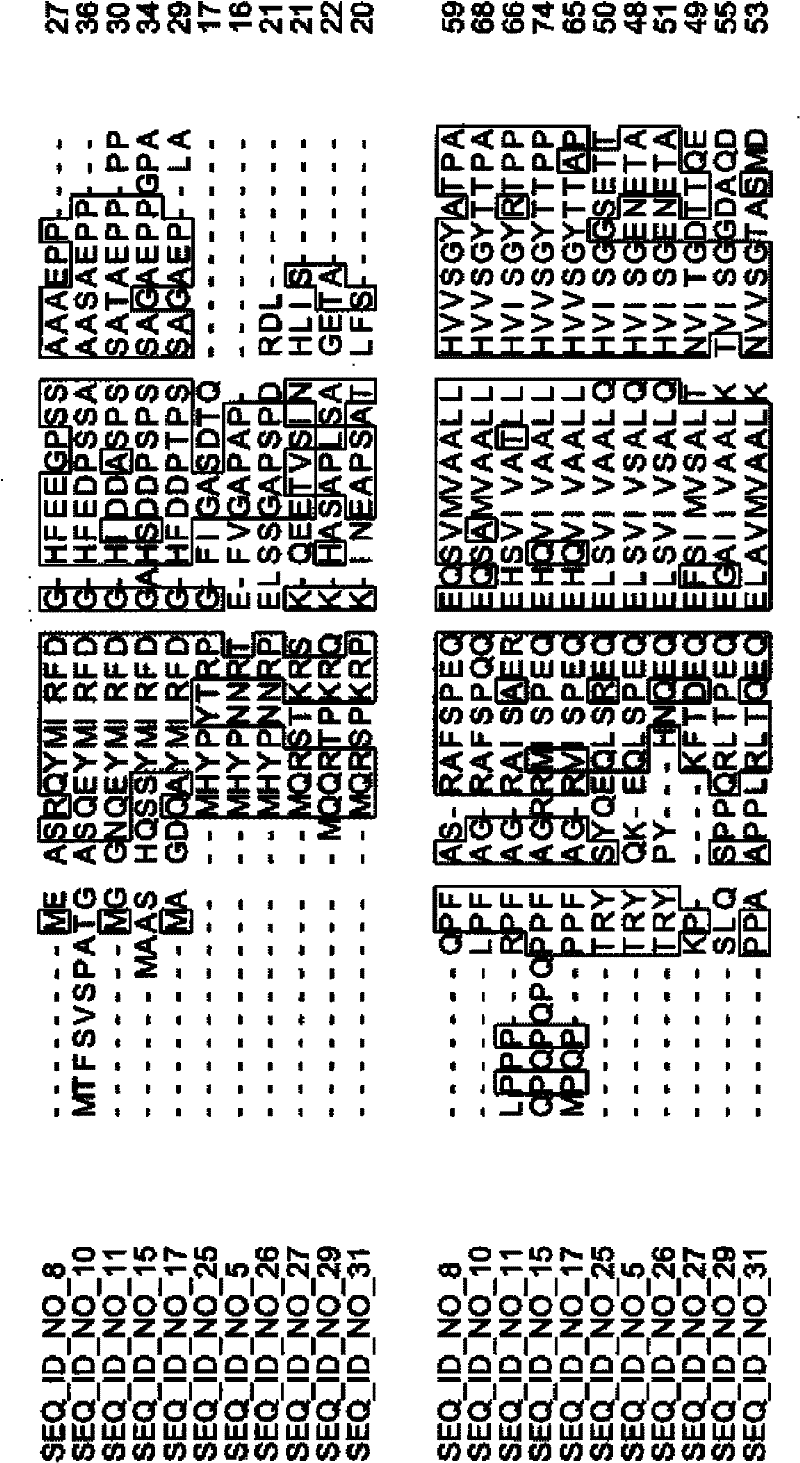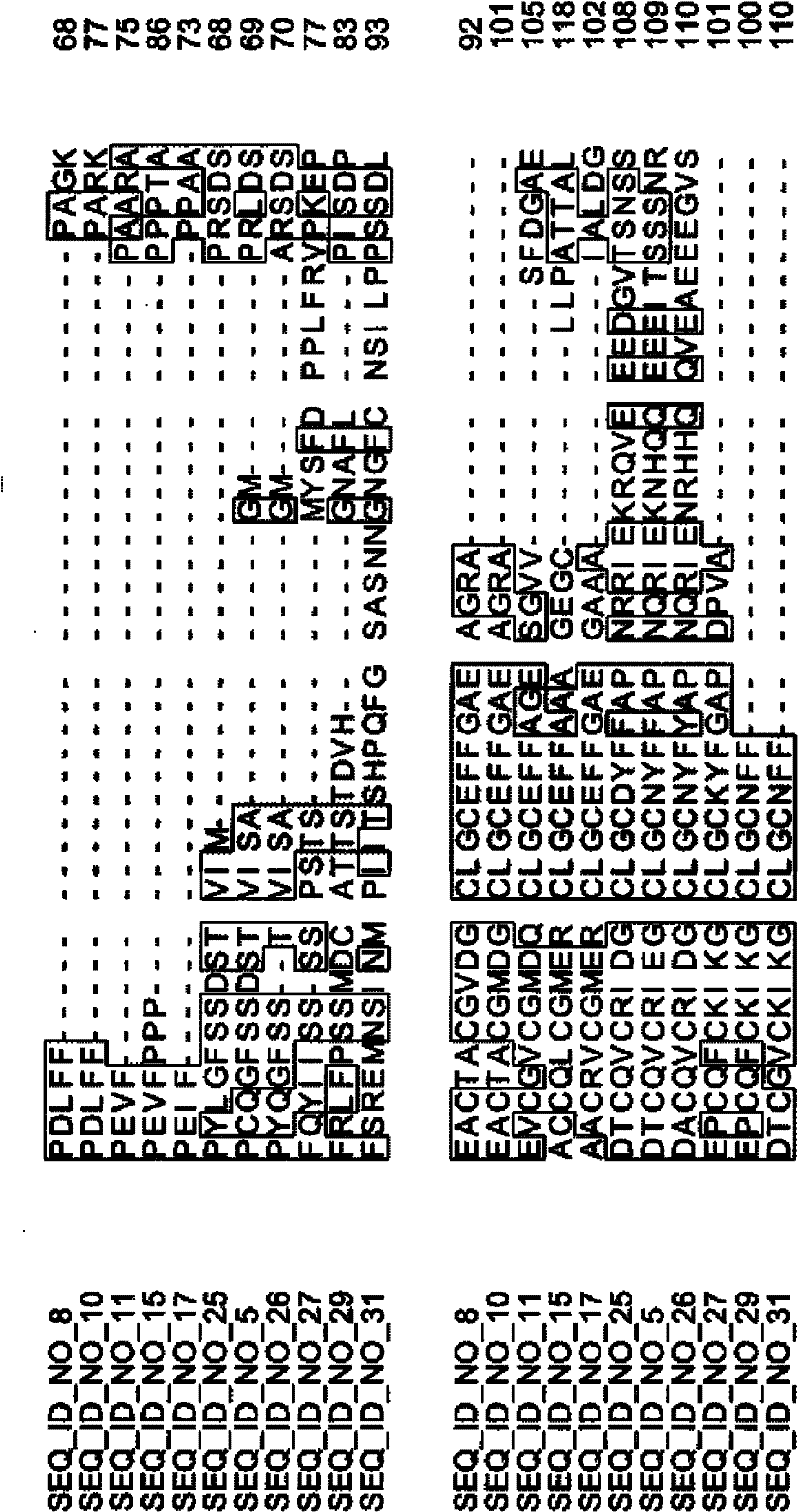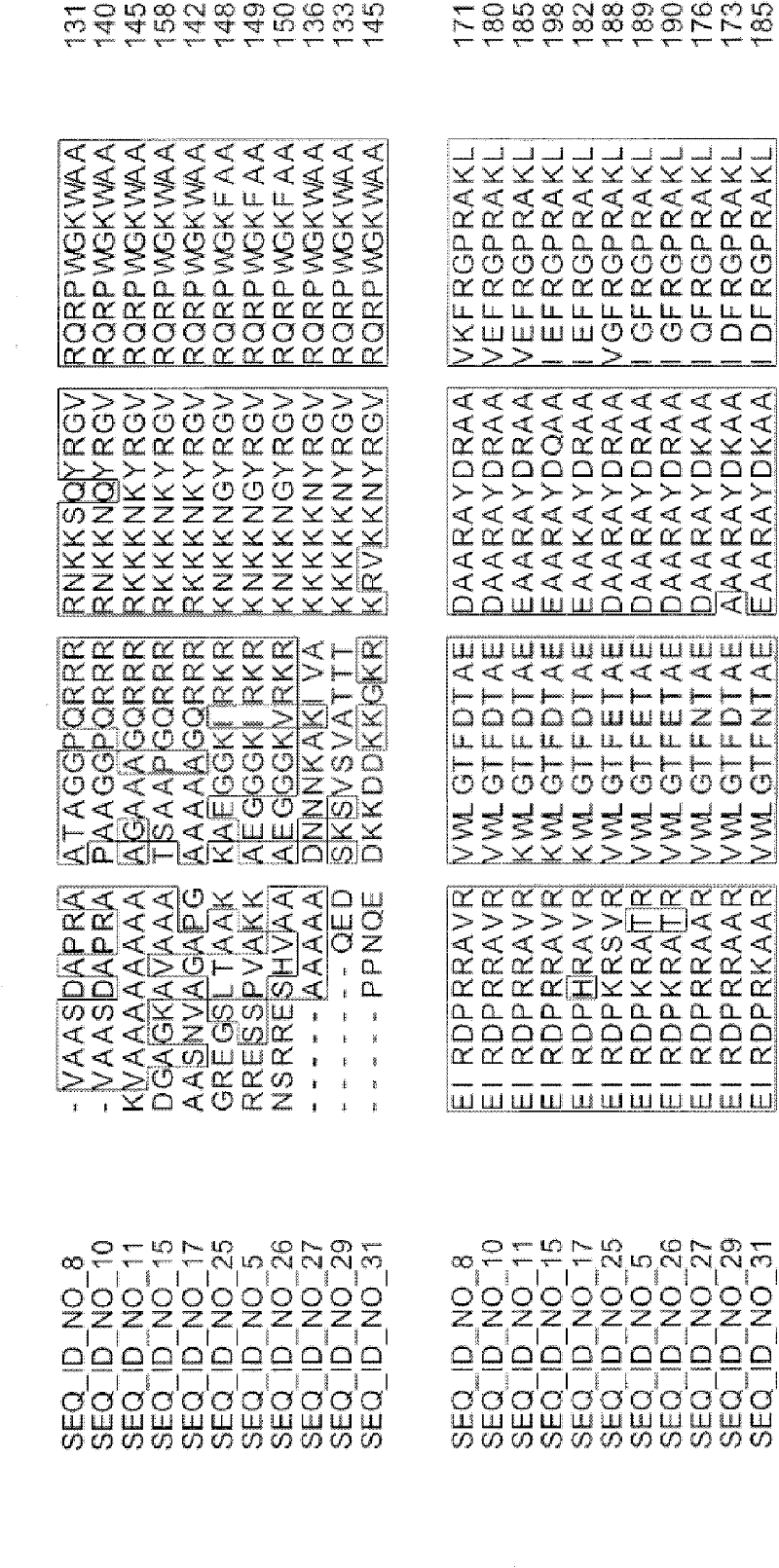Switchgrass biological containment
A technology of switchgrass and plants, applied in the field of switchgrass biological prevention, can solve problems such as troublesome methods and impractical switchgrass
- Summary
- Abstract
- Description
- Claims
- Application Information
AI Technical Summary
Problems solved by technology
Method used
Image
Examples
Embodiment 1
[0195] Example 1: Transgenic Switchgrass Plants
[0196] For transformation the following symbols are used: T0: plants regenerated from transformed tissue culture; T1: first generation progeny of self-pollinated T0 plants; T2: second generation progeny of self-pollinated T1 plants; T3 : third generation offspring of self-pollinated T2 plants.
[0197] T-DNA was transformed by Agrobacterium-mediated transformation essentially as described in Richards et al., Plant Cell. Rep. 20:48-54 (2001) and Somleva et al., Crop Sci. The binary vector was introduced into switchgrass (A26 or A10 clonally propagated lines). At least two independent events from each transformation were selected for further study; these events were referred to as switchgrass screen lines. T1 and T2 plants were grown in the field. The presence of each construct was confirmed by PCR.
[0198] In the United States, switchgrass plants are evaluated under greenhouse and field conditions. Under greenhouse conditi...
Embodiment 2
[0199] Example 2: Results of Ceres Clone ID 123905 (SEQ ID NO: 5)
[0200] Construct 1 contained the PO2916 promoter fused to the nucleic acid (SEQ ID NO: 4) encoding 123905 (SEQ ID NO: 5). The PO2916 promoter is an approximately 3 kB genomic fragment from rice located 5' to the rice gene Os02g32030 that drives expression preferentially in reproductive tissues.
[0201] Three events were generated using the PO2916:123905 transgene. All three events were strongly affected by flowering defects (ie, flowers not opening). The phenotype is readily apparent from the lack of orange, which is related to the inability of the anthers to emerge from the flower. Greenhouse data from these events indicated 99+% flowering defect (ie, flowering defect score of 5, as scored below). These same events in the field showed 95%+ flowering defects (ie, flowering defect score of 5, as scored below). Table 3 contains plant height data collected for three events generated with transgene PO2916:123...
Embodiment 3
[0218] Example 3: Results Obtained with RNAi Constructs
[0219]RNAi constructs were also used to generate transgenic switchgrass. The FZP construct contains the PD3141 promoter (SEQ ID NO:23 in PCT / US09 / 32485) and the nucleic acid sequence listed in SEQ ID NO:1. The AG construct contained the PD3141 promoter (SEQ ID NO:23 in PCT / US09 / 32485) and the nucleic acid sequence listed in SEQ ID NO:3. The AG RNAi construct contained a mixture of three targeting sequences (amalgam) designed to knock down the expression of three unique members of the AG clade of MADS box transcription factors.
[0220] Thirty (30) events were generated with the FZP construct. Reduced fertility was observed in two of these events, with one event having a significantly greater reduction in fertility than the second event. In the most severe representatives of this phenotype, spikelets are not produced and the tissue that should have produced spikelets produces instead other panicle branching material. ...
PUM
 Login to View More
Login to View More Abstract
Description
Claims
Application Information
 Login to View More
Login to View More - Generate Ideas
- Intellectual Property
- Life Sciences
- Materials
- Tech Scout
- Unparalleled Data Quality
- Higher Quality Content
- 60% Fewer Hallucinations
Browse by: Latest US Patents, China's latest patents, Technical Efficacy Thesaurus, Application Domain, Technology Topic, Popular Technical Reports.
© 2025 PatSnap. All rights reserved.Legal|Privacy policy|Modern Slavery Act Transparency Statement|Sitemap|About US| Contact US: help@patsnap.com



